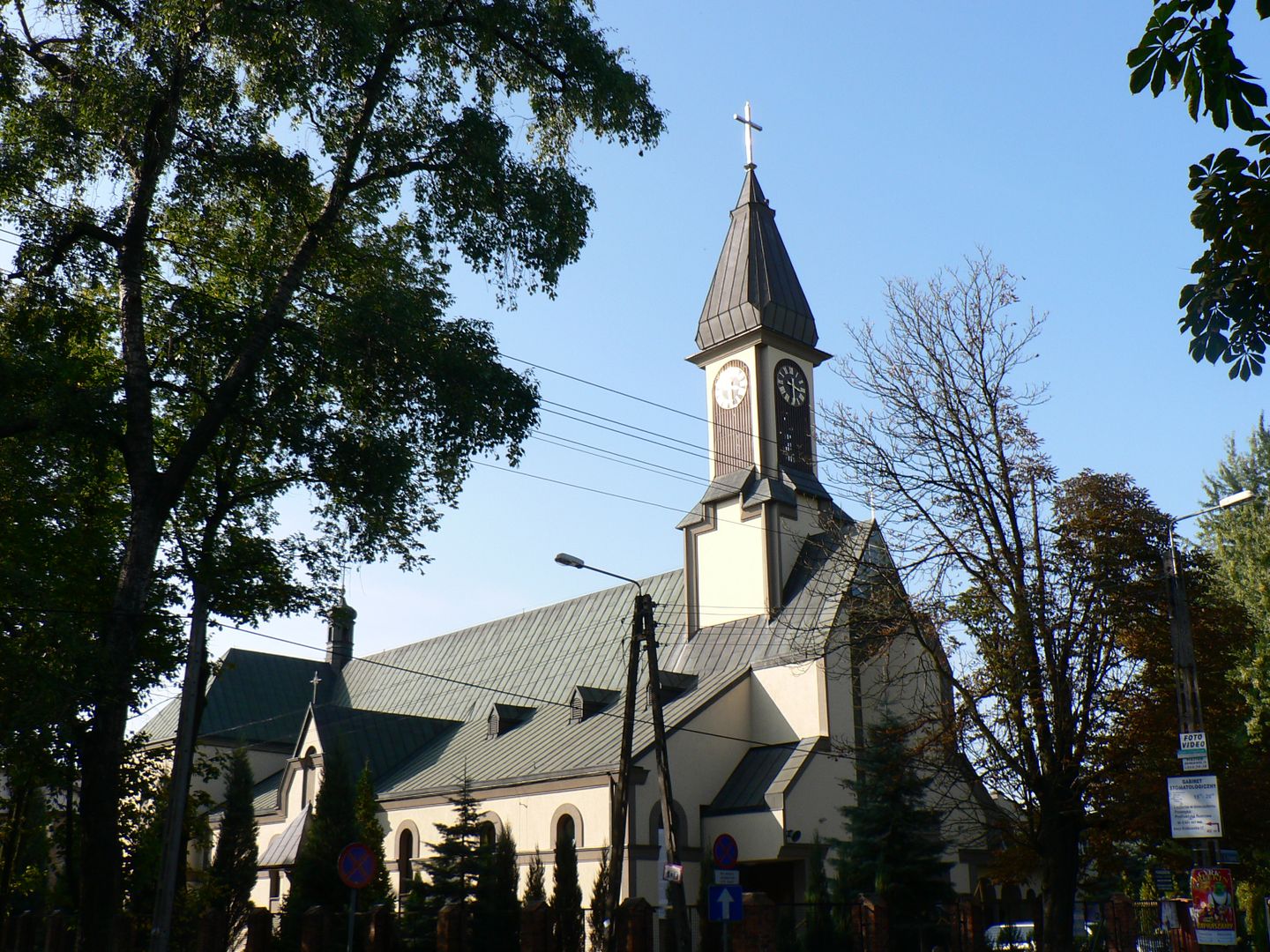Piastów
6.29

Overview
Piastów is a town in Poland, located in the Masovian Voivodeship, within the Pruszków County, and is part of the Warsaw metropolitan area, just 14 km from the center of the capital. As the smallest municipality in the region, it covers an area of 5.76 km², with a population density of 3,937 people per km². The history of Piastów dates back to the 16th century, when two settlements existed in the area: Utrata and Żdżary, which in the 19th century came into the hands of Russian landowners. The development of the town began with the construction of the Warsaw-Vienna Railway, which led to the settlement of railway workers in typical buildings known as "czerwoniaki." In 1926, the town's name was chosen through a competition, and its residents adopted the name Piastów. In 1952, Piastów was granted town rights. Throughout the 20th century, the town underwent intense urbanization and industrialization, especially after the expansion of the Ursus Mechanical Works. Piastów is home to many important institutions, including kindergartens, primary schools, and a high school. The town also offers various cultural attractions, such as the Baśń Cinema, the Municipal Public Library, the Municipal Cultural Center, and the Piastów University of the Third Age. In the sports sphere, the Municipal Sports Club Piast, which has competed in the fourth league, and the Inter-School Student Sports Club Tie-Break, specializing in volleyball, are active. Piastów also has a well-developed transport infrastructure, including road and rail connections, facilitating access to Warsaw. The town is home to various organizations and public institutions, such as a police station and a volunteer fire department. In terms of religion, the Parish of Our Lady of Częstochowa and other Catholic churches dominate, along with a community of Jehovah's Witnesses. Despite its small size, Piastów stands out for its rich history, developed infrastructure, active cultural and sports life, and proximity to Warsaw.
Location
2025 Wizytor | All Rights Reserved